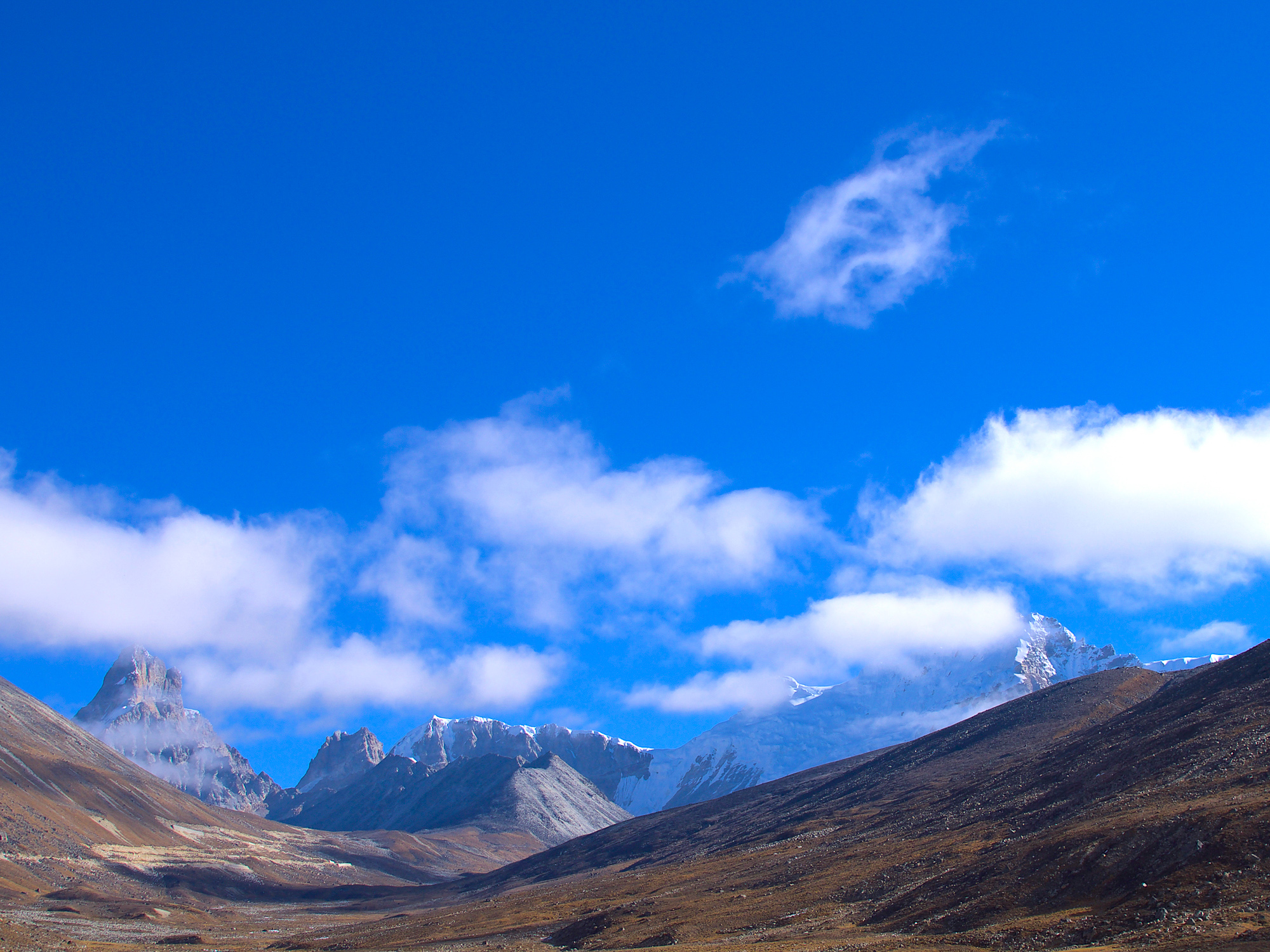Photography like all other visual art form is all about reflecting emotions and evoking feelings. There is nothing more satisfying to a photographer than shooting a part of nature that embeds his / her own emotions and arouses feelings amidst the viewers. Conveying emotion in photography is one of the most important way to connect with the viewers. It helps the viewer to connect with reality that the photograph is trying to represent.
Today, when emotions are pushed back by materialistic attitudes and practical thinking, photographs representing emotions has become all the more relevant than ever.
Feelings and emotion are always subjective as a photograph will evoke different feelings with different viewers. However, some feelings are universal and a photographer must skilfully capture them. A truly beautiful and captivating photograph is the one that is able to capture the emotion of the frame and reflects the same to its viewers in a very personal level.
A photographer must be aware of the fact that he has to create certain moods in his photos to make them more atmospheric and engaging pictures. For a photo to succeed, it has to resonate with the viewer and bring about the awe factor.
It is easier to capture and represent emotions and feelings of living beings like humans, animals, birds and insects. But capturing emotions in landscape and nature photographs is a tricky affair. Landscape photographs may be very beautiful like a post card but if they are not generating any emotions with the viewer, they remain as plain beautiful but empty. It is therefore becomes important to carefully compose and use elements of nature to represent emotions and feelings in nature and landscape photographs.
Emotions in Action
Photography mostly involves emotions in two forms – the one that of the photographer’s when he captured the image and the one of the viewer when he looks at it. And they don’t have to be the same. The emotion of the photographer is certainly going to impact on how the photograph is taken but it may or may not get appreciated by the viewer in the same scale. However, a photograph taken with lot of emotions keeping the photo elements in tandem with the requirement is certain to evoke viewer’s feelings.
The Photographer’s Emotion
The photographer’s emotional state has the largest impact on the emotional quality of his photos. Getting out in the nature, observing the scenes, setting up the camera, framing the scene and capturing that emotion is the most exciting part of photography. However, personal reasons may effect the emotional balance of the photographer and his mental state may differ from common belief. In either of the cases, the mood of the photographer gets embedded to his creation.
The Viewer’s Emotion
‘Beauty lies in the eyes of the beholder’. The viewer’s emotional response to the photograph is all that matters. The photograph like any other visual art form should be able to generate enough interest in viewer’s mind. It’s all about connecting with the viewer. The photographs must leave something for the viewer to get more involved in the image to understand it. They should prod the imagination of the viewers. We all have amazing imagination, and a landscape photograph that shows less is often more powerful than one that shows the whole scene.
But, how do you go about creating something that invokes strong emotion in the landscape?
Describing the importance of emotions is easy. Creating a photograph full of emotions is really hard.
Use Light to Depict Emotion in your Composition
Photography is all about capturing light and light has extraordinary power to create emotions in a photo. All photographers know the importance of light in photography, but there is always something everyone should strive to learn about and improve.
Intense Light
Intense and dark lighting brings out strong emotions in photography. Dark lighting gives emotions to moody seasons, boundless landscapes and mysterious distant shots. It conceals some information from viewers, making the photograph appear mysterious and leaves something for imagination. Always shoot in low-key and in dark tones to promote mystery, fear, power, intensity, ominous and the unknown in your frame.
Vivid Light
Vivid and bright light gives a softer and airier look. Shooting in bright light brings optimism and openness to the picture. Landscape photography during vivid lighting conditions, capture a happy and etherial image. Bright light is best used to reflect positivity, gentleness and happiness in photograph. Always shoot in high-key and in light tones to promote comfort, happiness and well-being.
Contrast – High
By bringing high contrast in the image you bring the drama and dynamism into the subject. Therefore high-contrast images draw a lot of attention. They are always dramatic and they stand out from a swarm of photos. If you want to get your photo noticed or want your photo to pop, go for high contrast lighting. Always shoot in high contrast set up to promote drama, loudness, vibrancy and to get a punchy image.
Contrast – Low
Low-contrast photos give a more subtle look and do not stand out. However, they work quite well with sober and vast landscapes, clouds and snows. Low contrast photography should be done only when your subject demand a subdued exposure. Always shoot in low contrast set up to promote softness, quietness and to give an unending vastness to your subject.
Light Angle
Angle or direction of the light has a great role to play in reflecting emotions in the photo. Lighting angle can create shadow or highlight a portion of the frame bringing in life to the subject. The characteristics of light which impact a photo shoot like brightness, contrast, shadow, colour and intensity depends on its direction. A subject will reflect different emotions shot under different lighting angle. Back lighting generally create contrast and silhouette effect whereas a front light brings more brightness to the picture. Similarly, side light and overhead light mostly tend to add some drama to the subject.
Light Conditions During the Day
As all nature and landscape photographs are taken with natural lights, it is important to schedule them according to the lighting condition of the day. Overcast days are best for normal photography as it helps the photographer to add own settings to the composition. However, in a sunny day the light condition changes with position of the sun and timing photo shoot becomes more important. Similarly phases of the moon also has a direct impact on quality of night photographs.
When you are photographing in beautiful morning light, you get a sense of serenity of new beginnings and optimism. Shooting during the calm of a sunset brings in the emotions of closure or the end of a good day. Golden light always brings in feelings of positivity, hope, and love. Cool light at blue hours (an hour before sunrise and after sunset) reflects feelings of gloominess, contemplation and sometime mystery. Shooting during noon where contrast is created with sharp shadow or image tend to be overexposed, can make a frame feel more punchy, edgy, dynamic and may be intense.
Colour your Picture to Reflect Emotion
Colour has direct impact on the emotions as that of light. Bright to deep red colour brings an emotion full of intensity, passion and love whereas green brings emotions of serenity, calmness and sometimes envy. Some colours like yellow and it’s derivatives reflect emotions ranging from loudness, vibrancy to confusion and anxiety. Blue reminds us of the ocean and sky which in turn evokes emotions of calmness and tranquil. Some colours like purple reflects grandeur and royalty and orange brings in cheer to the mood.
Black and white photographs or monochromes will never go out of fashion. Black and white picture make us think of timelessness, nostalgia, desolation and the past. It always brings about the retro feeling in us.
Last Words
You can always play with light and colour for evoking emotions. However, a lot depends on how you compose a frame and how you set your camera for a particular subject in order to evoke the emotion you want it to generate.
To evoke happiness with landscape photography, try looking for sunny conditions and shooting during the golden hours. Use of a good foreground in relation to the backdrop generally makes the audience connect with the photograph.
To generate feeling of seclusion and solitude, you need to isolate your subject as much as you can. A delicate soft light without high contrasts generally enhance the solitude.
Undisturbed reflections in a mirror like waterbody and motionless scenes evokes feeling of calmness. Subtle contrasts, sober colours and delicate contours bring about sense of serenity with the viewer.
Pictures of night sky, storms and natural phenomena creates the awe factor. You must use your photographic techniques like long exposures, time-lags, intentional blurs, high or low key contrasts in raising level of interest of the viewers in your work.
A photograph is always as good as what the viewer perceive. Happy clicking.


Respected Sir jee,
I had just seen your blog and find awesome Pics on Nature which are really very good and such an attractive that I can’t change my eyes for a while. Your first trial in this blog is extremely exceptional & looking forward to see such more photos. Regards
Malleswara Rao
Thank you Malleswar garu for encouraging words.
Sir the pictures are really great and it brings all these things so close to us. One starts wondering that we are so busy in our lives that we don’t appreciate nature and the living beings but through your lens we can always bridge that gap. Wishing you the very best in this new passionate venture of yours.
Thank you Raphs for your encouraging words.